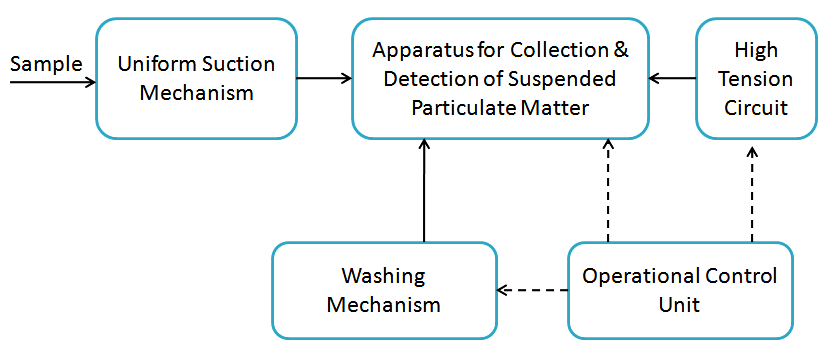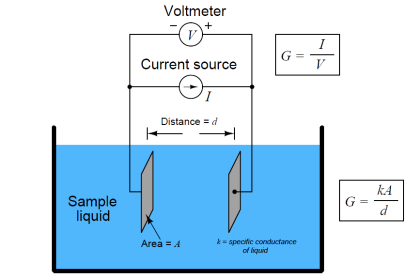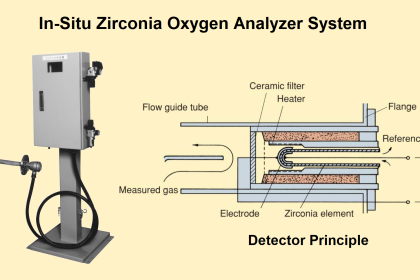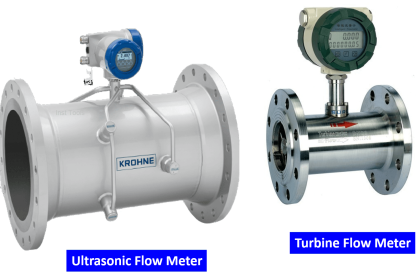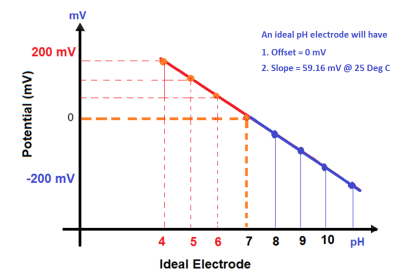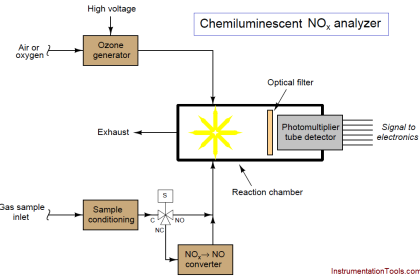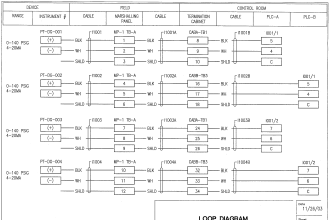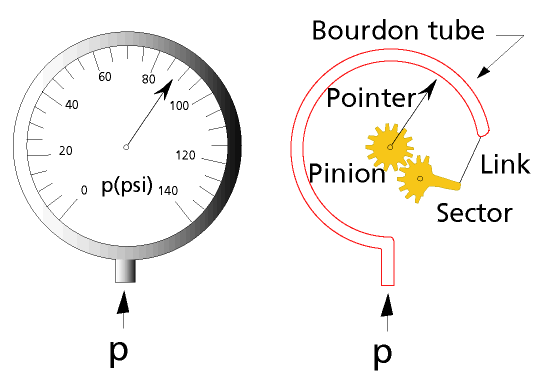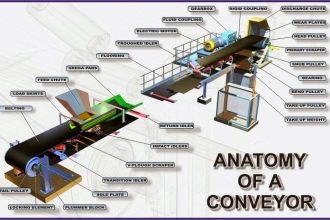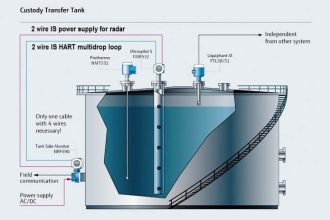Suspended Particulate Matter (SPM)
Suspended Particulate Matter (SPM) is solid and liquid particle suspended in ambient air of which particle size is not more than 10 micro-m.
1. Beta-ray Absorption Method
The beta-ray absorption method is the most popular method of SPM measurement. An indicated value as a mass concentration is obtained from the increase of the absorption amount of beta-rays due to particles collection on filter-paper. The beta-ray analyzer is an instrument based on the principle that absorption rate of beta-ray increases in proportion to the mass of the substance when its quality remains constant and the ray at a low energy level irradiates the substance. Thus the beta-ray irradiation on the particulate matter collection on the filtration paper gives information about its quantity.
The relationship between intensity of beta-ray transmitted and dust quantity is expressed by the following equation
I = Io exp(-um/Xm)
I : Beta-ray intensity transmitted through filter and particulate
Io : Beta-ray intensity transmitted only through filter
um : Mass absorption coefficient (cm2/g)
Xm : Mass of particulate matter (g/cm2)
From this equation, the mass of SPM is calculate as Xm = 1/um ln(Io/I)
2. Piezoelectric Balance Method
An indicated value as a mass concentration is obtained from the decrease of the frequency of a quartz due to the adhesion of particle. The advantage of piezoelectric balance method is high sensitivity.
The detection part of piezoelectric balance system is composed of an uniform suction mechanism, an apparatus for collection and detection of suspended particulate matter, a washing mechanism, a high tension circuit, an operation control, etc . as given in Fig
In order to collect electrically suspended particulate matter, corona discharge is emitted with a high tension circuit and an acicular discharge electrode and the suspended particulate matter is electrically charged. The washing mechanism is a mechanism for washing off suspended particulate matter electrically collected on a quartz resonator at each fixed time or each fixed (deposited) amount.
3. Light Scattering Method
An indicated value as a relative concentration is obtained from the amount of scattering light due to particles .
4. Absorption Method
An indicated value as a relative concentration is obtained from the amount of absorption due to particles collection on filter paper.
Source : gec.jp
